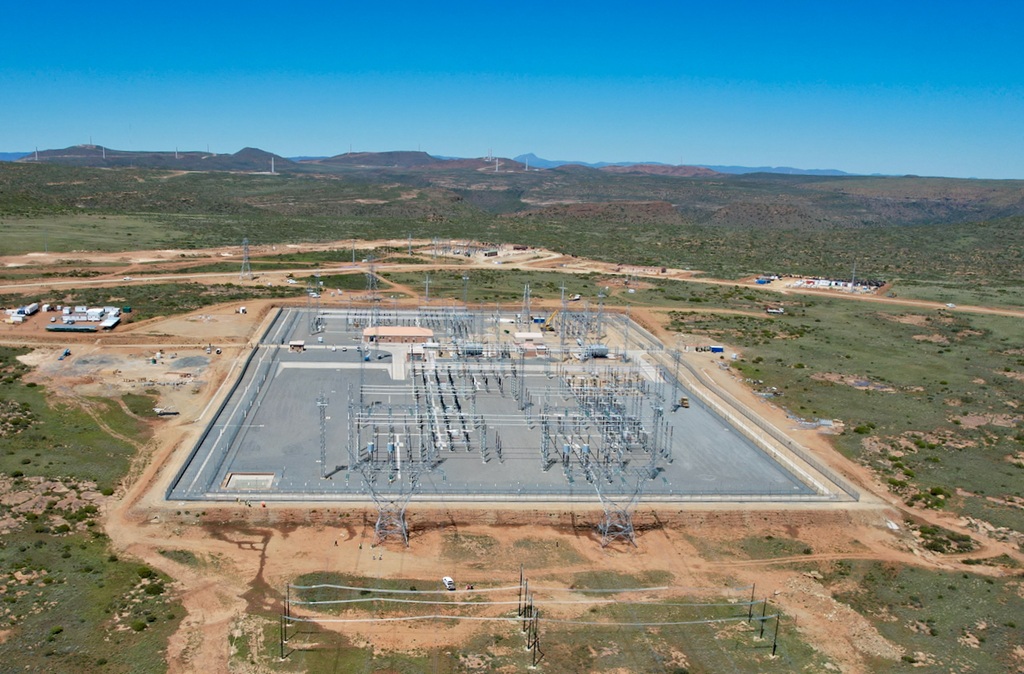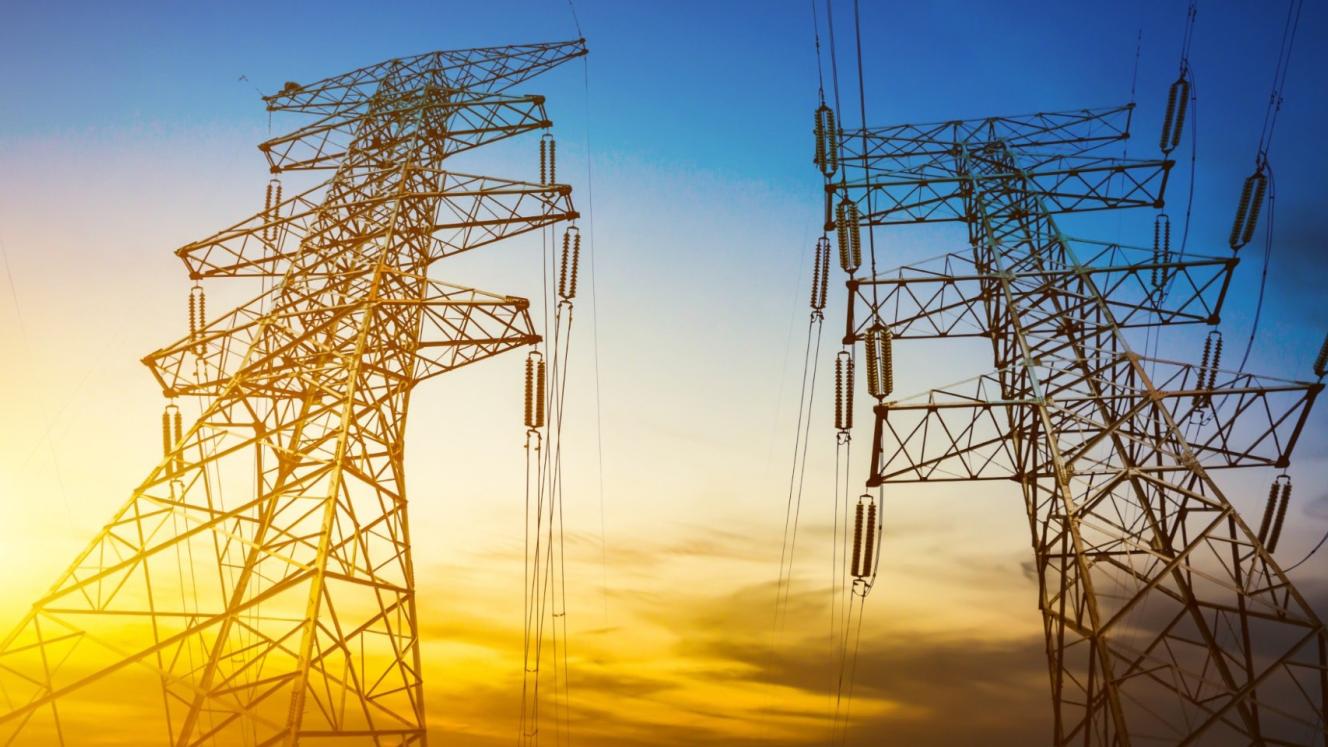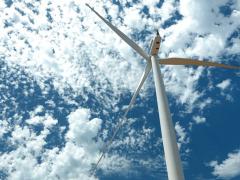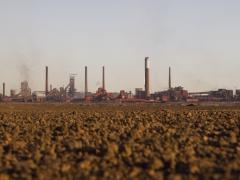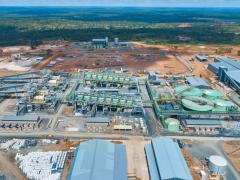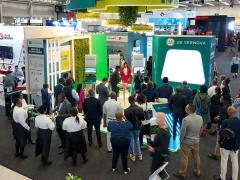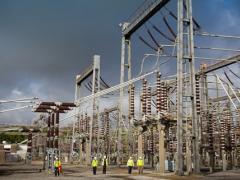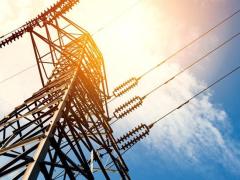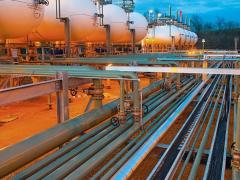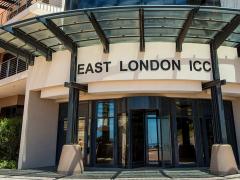EDF Renewables completed and commissioned South Africa’s first main transmission substation (MTS) built by an independent power producer (IPP) on April 5.
The 400/132 kV Koruson MTS, near Noupoort in the Northern Cape, was energised to connect up to 1,5 GW of renewable energy to the national grid. The substation is integrated into an existing 400 kV overhead transmission line.
The project consortium, led by EDF Renewables, includes H1 Holdings, Gibb-Crede and a local community trust. The consortium is also developing the adjacent Koruson 1 cluster of projects, which will connect to the grid through the MTS as part of Round 5 of the IPP Office’s Renewable Energy Independent Power Producer Procurement Programme.
“This is the first greenfield transmission substation in more than seven years to be connected to the grid, and it is the first greenfield transmission substation that is a full self-build – developed, financed, engineered, constructed and commissioned entirely by an IPP. It is also the first time that the National Transmission Company South Africa has approved a self-build scope of works of this magnitude,” said Carl Wlotzka, Senior Project Manager at EDF Renewables.
The substation includes the latest Phase 6 protection, control and automation systems – some developed specifically for this project. Integration into the existing grid required the replacement of two 400 kV towers with new 400 kV transposition towers to comply with current grid code standards.
The Koruson MTS will serve as the central connection point for a portfolio of large-scale renewable energy projects, beginning with the Koruson 1 cluster. Phase 1 of the energisation will connect three wind energy facilities (WEFs), totalling 420 MW, to the national grid. In Phase 2, the neighbouring Koruson 2 cluster – being developed by Envusa Energy, a joint venture between EDF and Anglo American – will add two additional WEFs and one solar photovoltaic facility, contributing a further 520 MW.
Each of the renewable energy facilities will be connected via its own 132 kV overhead distribution line and Eskom switching station. These components are being delivered under self-build agreements between the project developers and Eskom, allowing IPPs to take responsibility for key grid interface infrastructure, EDF says.
While the substation is now energised, the connected generation facilities will begin exporting power once their respective grid connections are completed.
